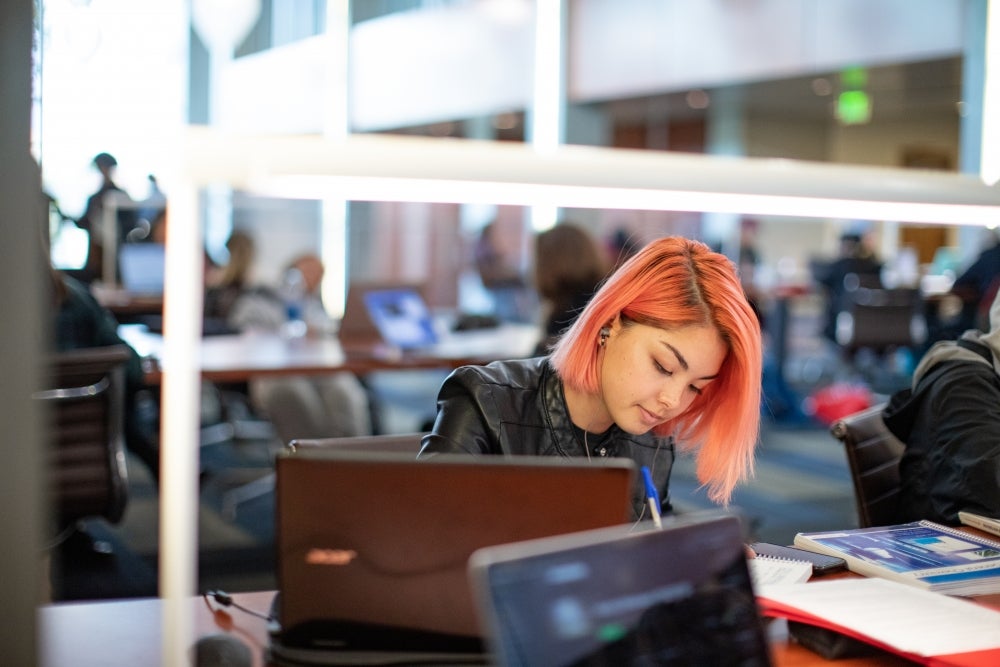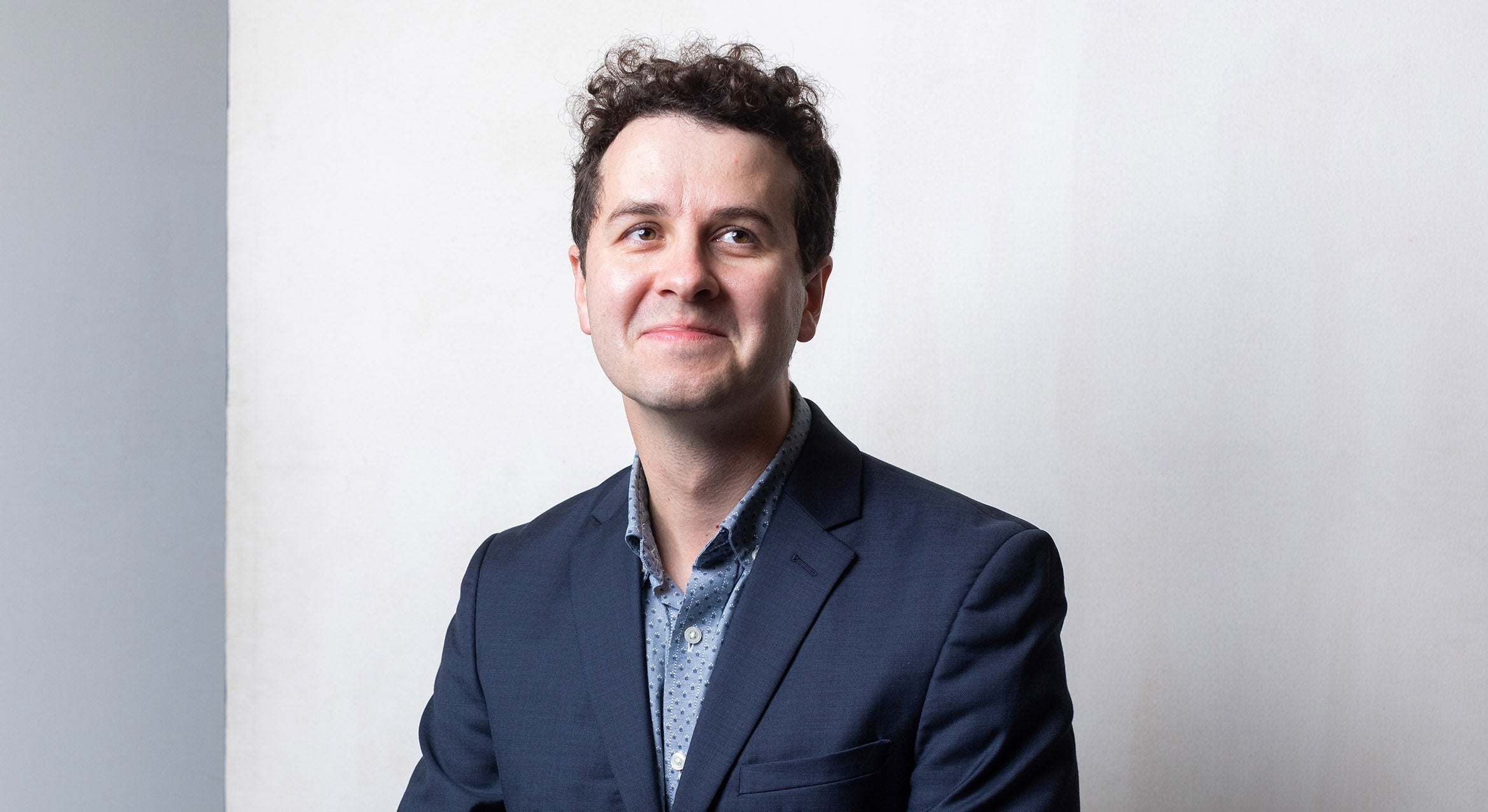
Keeping On
UC Santa Barbara lived up to its reputation for innovation and collaboration when it — along with every other college and university nationwide — transitioned to remote instruction amidst the coronavirus pandemic. Students and faculty members alike needed help, support and easy access to both — and fast.
Enter a pair of new initiatives: Keep Learning UCSB and Keep Teaching UCSB. Spearheaded by the Office of Undergraduate Education, the Center for Innovative Teaching, Research and Learning, and Instructional Development, the websites are meant to serve as first stops for resources, support, strategies and best practices for educating, and for receiving education, remotely.
“UC Santa Barbara has been really thoughtful and intentional in making this shift to remote instruction,” Linda Adler-Kassner, associate dean of undergraduate education in the College of Letters & Science and faculty director of CITRAL, said of the Keep Learning projects. “We have been working with faculty and students to identify what’s most important about learning in their courses and supporting folks all the way through the process.
“We are very much looking forward to a time when we can return to face-to-face instruction,” she added, “but we will learn some valuable lessons from this that will benefit what happens in instruction overall.”
With links to tutoring, academic advising, and other student services, as well as tips for more effective use of GauchoSpace and Zoom, plus a host of other assets, Keep Learning UCSB is aimed primarily at students. It was inspired by existing, comprehensive sites at UC Santa Cruz and UC Riverside, meant for first-generation students, that organize remote instruction resources in one space.
“I was inspired and I felt this was really important for UCSB students to have going into spring quarter as well,” said Malaphone Phommasa, director of academic success initiatives in the Office of Undergraduate Education, who developed UCSB’s version. “Remote instruction is requiring students to think about their learning in new ways, and this will vary depending on what kind of space and situation students are in.
“Keep Learning UCSB highlights various learning strategies that we are encouraging students to try in order to figure out what works best for them in their situation,” she continued. “We also have a lot of excellent resources on our campus, and it can be challenging for students to navigate — I was especially thinking about our first-generation college students and new transfer students when designing the site. So, it’s a space that combines learning resources and links to student support services, hopefully providing students with guidance where to start looking for help.”
In recent days, Keep Learning has expanded once again, with the addition of content — available in both English and Spanish — targeted to parents and families. The new section, Phommasa, said is intended to help parents better understand the remote learning experience and to provide advice on how they can support their children in the process.
Keep Teaching, meanwhile, is centered in instructional continuity, providing resources and guiding questions as faculty transition and adapt to remote teaching. It offers information on structuring clear and consistent classes, creating remote lectures and assessments and communicating with students, as well as step-by-step priorities and video tutorials.
The basic infrastructure for the site was originally created to foster continuity during the Thomas Fire. But now, with the COVID-19 crisis, it has “changed hugely,” according to Adler-Kassner.
A joint endeavor of Instructional Development and CITRAL, the units in expanding Keep Teaching first considered what faculty need to design high-quality courses and what resources can best help them do so. Then they dug into how to use that information to create materials instructors could use quickly and easily to redesign courses for remote delivery.
“We are trying to aggregate resources in a couple locations so that people don’t get overwhelmed, so they know what’s available for them. And we are building in new resources literally every day,” Adler-Kassner said. “It was an incredible amount of work, it’s all carefully curated, and it’s continuing to evolve.
“As a faculty member and administrator, I already knew that I worked with committed, intelligent, resourceful and incredibly dedicated people. This experience has reinforced that — and that knowledge will definitely guide UCSB’s efforts as we move forward,” she added. “We’re learning the importance of being nimble — how to foreground the most critical elements associated with teaching and learning while contributing to research-based approaches for that work.”



